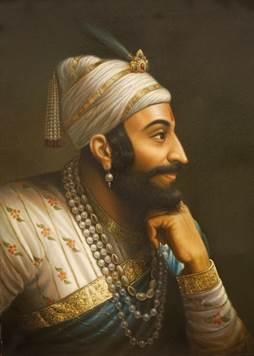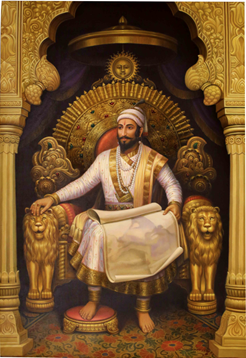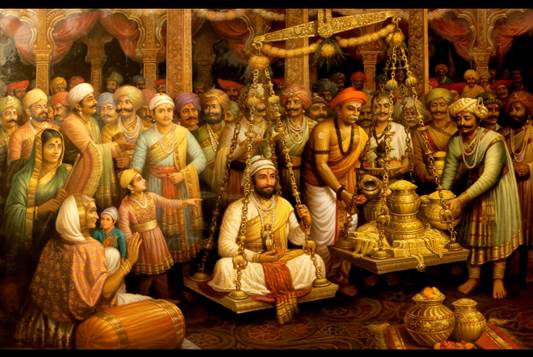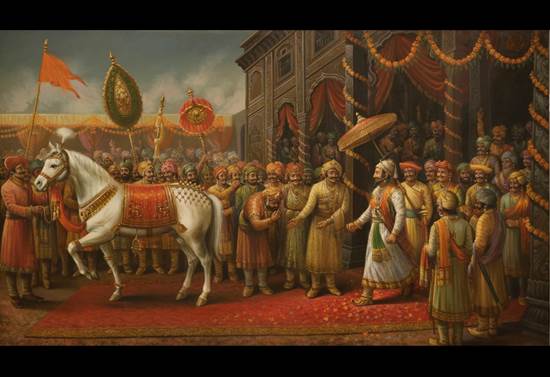NGMA to organise an exhibition “Chhatrapati Shivaji Maharaj: Celebration of the 350th Anniversary of the Great Coronation”
To commemorate and celebrate the 350th anniversary of the grand coronation of Chhatrapati Shivaji Maharaj, the significant day in our nation’s history, an exhibition titled Chhatrapati Shivaji Maharaj: Celebration of the 350th Anniversary of the Great Coronation is being presented at National Gallery of Modern Art, (NGMA) Jaipur House, New Delhi on June 6th 2024 Thursday at 5:30 P.M, inviting audiences to embark on a voyage through the remarkable time of this legendary figure.


These larger-than-life and often mesmerising canvases come from the collection of Shri. Deepak Gore. Steeped in years of experience managing artist Jehangir Vazifdar’s gallery, Gore’s passion ignited during a 1996 visit to the museums of London and Paris. Witnessing the grandeur of European oil paintings, he envisioned creating a collection with a powerful, locally-rooted narrative. Thus, the legend of Shivaji Maharaj found its meaningful canvas. The year 2000 marked the project’s dawn. Partnering with the renowned father-son artist duo, Shri Shrikant Chougule and Shri Gautam Chougule, Gore set about on this ambitious journey. A pivotal moment arrived when their paths crossed with the legendary historian, Padma Vibhushan Shri Balwant Moreshwar Purandare, affectionately known as Babasaheb Purandare. Babasaheb, an undisputed authority on Shivaji, became their guiding light, meticulously ensuring historical accuracy in every detail, from the warriors’ attire to the majestic recreations of palaces and forts. This monumental undertaking spanned years, culminating in a breathtaking collection of 115 masterpieces unveiled in 2016. Each canvas is a testament to Gore’s vision, the artistic grandeur of the Chougule duo, and Babasaheb Purandare’s invaluable historical expertise.

The exhibition opens with a pivotal scene: a young Shivaji, barely fourteen, receives the saffron flag (Bhagwa Jhanda) from his father Shahaji. This symbolic act signifies the birth of a dream, an independent Maratha kingdom, Swarajya. The narrative then pans through a series of major military and naval events. Out of which, the strategic genius of selecting the Fort of Raigad as his bastion, a constant backdrop that echoed his triumphs, is of striking significance.

A visionary ruler, Shivaji was also an astute administrator who excelled in the exigencies of trade and public welfare. Paintings depicting acts of benevolence and his defiance against European domination offer a glimpse into his multifaceted leadership. A dedicated section that acquaints us with the rulers who were Shivaji’s contemporaries and played a significant role in shaping his era. Look across to the opposite wall, where Fort Raigad is depicted in various moods and seasons. An alluring painting of Fort Attock (in present day Pakistan), a later conquest, visually completes Shivaji’s grand vision of Swarajya, stretching from the Indus to the Kaveri. Several preparatory portraits of Shivaji, including a striking one in Jehangir Vazifdar’s signature style, offer a closer look at the man behind the legend.

